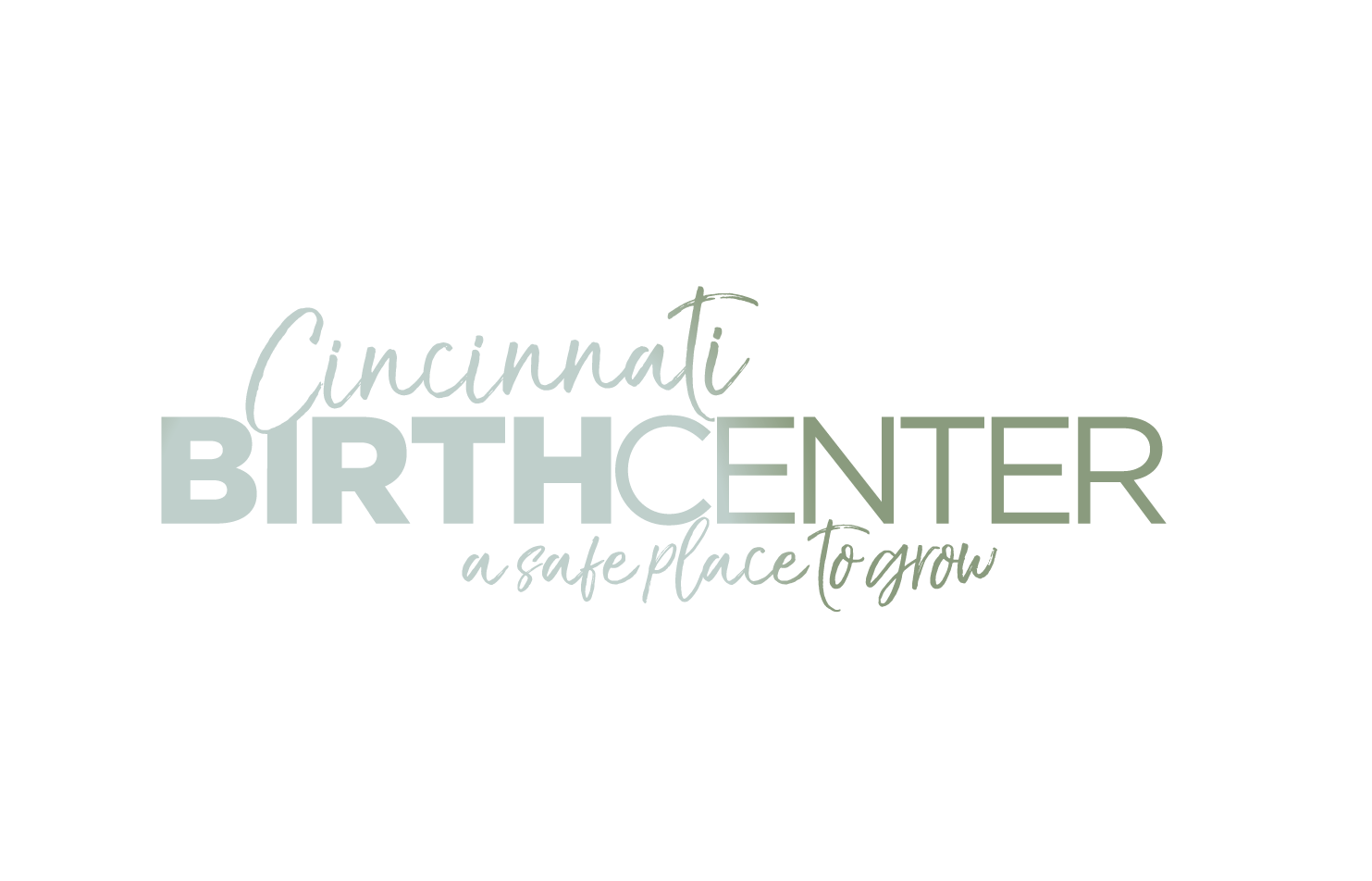Should You Circumcise Your Newborn?
/Circumcision has been practiced for centuries, often rooted in religious, cultural, or social traditions. In the United States, the procedure became widely normalized during the 20th century, based on claims of improved hygiene, reduced infection risk, or even just on grounds of aesthetics. For parents weighing this important decision, it's important to also consider the potential harms of circumcision before their child is born.
Take a deep dive with Dr. Eric Tygenhof on newborn circumcision
What Does the Foreskin Do?
The foreskin is not just a redundant piece of tissue - it serves several important biological functions. It protects the glans (head of the penis) from irritants, keeps the area moist, and contains thousands of nerve endings that enhance sexual sensitivity later in life. From a purely anatomical perspective, the foreskin is a naturally occurring, functional part of the male body, and its removal permanently alters functionality.
Debunking the Health Benefits of Circumcision
Circumcision advocates often cite health benefits such as reduced risks of urinary tract infections (UTIs), sexually transmitted infections (STIs), and penile cancer. However, the data behind these claims is often overstated or context-dependent. For example:
Urinary Tract Infections: UTIs are relatively rare in male infants, with only about 2% of boys experiencing one before they turn 5. Even though circumcision might reduce the risk slightly, infections can typically be treated effectively with antibiotics. The small risk reduction does not justify the removal of healthy tissue from all newborn males.
Sexually Transmitted Infections: While some studies suggest a lower risk of HIV transmission among circumcised men in high-prevalence areas, such as sub-Saharan Africa, the situation is not comparable in countries like the U.S., where HIV prevention through safe sexual practices and education is far more effective.
Penile Cancer: Penile cancer is very rare in both circumcised and intact men in the USA, making circumcision an unnecessary preventive measure for this condition. About 300,000 babies would need to be circumcised to prevent one case of penile cancer. Proper hygiene and regular medical checkups are far more relevant factors in minimizing cancer risks.
Parents may also choose to circumcise their newborns on religious grounds, for aesthetic reasons, or because it is more culturally accepted. If you are not considering circumcision based on religious reasons, we want to challenge you to explore why circumcision may not be the best choice.
An Ethical Debate: Bodily Autonomy and Consent
One of the strongest arguments against newborn circumcision is the question of consent. A newborn simply cannot provide informed consent for a permanent surgical procedure that has no immediate medical necessity. Many critics, including medical ethicists, argue that circumcision infringes on the individual’s right to bodily autonomy, as it removes a healthy, functional part of the body without the person’s consent. Waiting until adulthood, when the individual can make an informed choice, respects their autonomy and allows them to weigh the pros and cons based on personal preference or health considerations.
The Risks of Circumcision
Though often described as a routine procedure, circumcision carries more risks than people realize. These risks include bleeding, infection, and complications from anesthesia. In some cases, circumcision has led to more severe outcomes, such as damage to the penis or excessive scarring. Studies have also shown that newborns experience significant pain during and after circumcision, despite the use of local anesthetics.
This directory of articles on the complications of circumcision show the dozens of adverse affects many people experience.
Circumcision also often affects sexual experiences later in life. Circumcision removes one of the most sensitive areas of the penis - in fact, the moveable skin creates more sexual pleasure than circumcised males are able to experience. This Danish study concluded that circumcision is responsible for sexual difficulty among many men.
Caring for an Intact Penis: Education Is Key
One common reason parents opt for circumcision is the belief that it will make hygiene easier. However, with proper education, caring for an intact penis is straightforward and requires no more effort than caring for a circumcised one. Misconceptions around intact care often stem from a lack of understanding or outdated medical advice.
For Newborns and Infants: During the early years, the foreskin is fused to the glans, making it unnecessary (and harmful) to retract the foreskin for cleaning. Parents should simply wash with water and mild soap.
As Boys Grow: Over time, the foreskin naturally becomes retractable. When this happens, boys should be taught to gently retract the foreskin to clean underneath during baths or showers, much like how one cleans other body parts. There is no need for aggressive cleaning or special procedures—just normal hygiene.
***
The decision to circumcise a newborn is a deeply personal one, but it's important that parents make this choice with accurate, up-to-date information.
As awareness grows and the science behind circumcision is critically re-examined, more families are recognizing that the most natural option is often the best one. By keeping their children intact, they allow them to make their own choices about their bodies when they are ready, giving them autonomy, respect, and a balanced approach to health.













